By late 1903 the Wright brothers were ready to try out their invention. On December 14, 1903, Wilbur got ready for the first takeoff. The pilot did not have a seat-he lay stretched out on his front, slightly to the left of center. The engine started, the propellers whirled, but the Flyer refused to lift off the rail.
On December 17, they tried again, this time with Orville as the pilot. It was a cold, windy day. At 10:30 a. m., Orville released the wire that held the Flyer to the launch rail, while Wilbur held the right wing steady. The engine hummed, the propellers whirred once again, and the Flyer rolled slowly along the launch rail and then lifted into the air. At a height of only 10 feet (3 meters) or so, it flew for about 88 feet (27 meters) before swooping back to land safely. Five people witnessed the historic flight from a lifeboat station nearby.
The Flyer made three more flights that day. On the last flight, Wilbur flew for 853 feet (260 meters). Their longest flight that day lasted just under a minute. It was difficult to
О A replica of the first Flyer is on display at Kitty Hawk, North Carolina, in the Wright Brothers National Memorial visitor center.
О The Wright Brothers Memorial Tower was complete in 1932. It stands at Kitty Hawk on top of Kill Devil Hill. The inscription at its base reads: "In commemoration of the conquest of the air by the brothers Wilbur and Orville Wright-conceived by genius-achieved by dauntless resolution and unconquerable faith."
estimate speed, but the Flyer probably reached about 30 miles per hour (48 kilometers per hour). The Wrights sent a message home, packed up their airplane, and went off for dinner.
Flyer III
Because the Wrights had conducted their experiments away from spectators, their first flight did not create an immediate sensation. The world learned of the breakthrough, however, because the brothers built Flyer II and then the improved Flyer III, which they regarded as the first practical powered airplane.
Flyer III had a wingspan similar to the Flyer, but it was slightly longer and had a more powerful engine. Flyer III made its first flight on June 23, 1905. Between that date and October 16, 1905, the Wrights made nearly fifty flights, some lasting more than 30 minutes. They demonstrated that their airplane could turn, bank, and fly a figure eight pattern with perfect ease. On October 5, 1905, Flyer III flew for 24.2 miles (38.9 kilometers) in 38 minutes.
The brothers were ready to offer their machine for sale, with flying lessons. Wilbur Wright went to France to give demonstrations of flying, while Orville
continued to display the plane in the United States. In September 1908, Orville Wright completed fifty-seven circuits of the drill field at Fort Myer, Virginia, managing to stay in the air for over an hour.
The original Flyer of 1903 was presented to London’s Science Museum by Orville Wright in 1928, but it was returned to the United States in 1948. It is now in the National Air and Space Museum in Washington, D. C.
——————————————— N
SEE ALSO:
• Aerodynamics • Aeronautics
• Biplane • Glider • Lilienthal,
Otto • Propeller • Wind Tunnel
• Wright, Orville and Wilbur
_____________________________________________ /
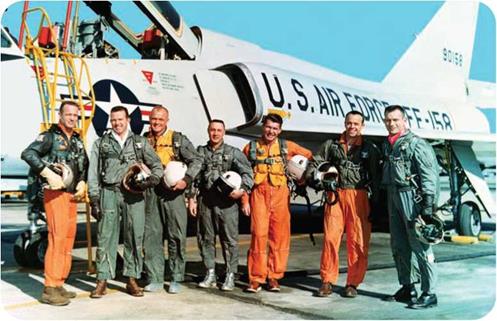












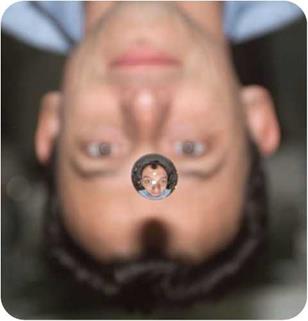
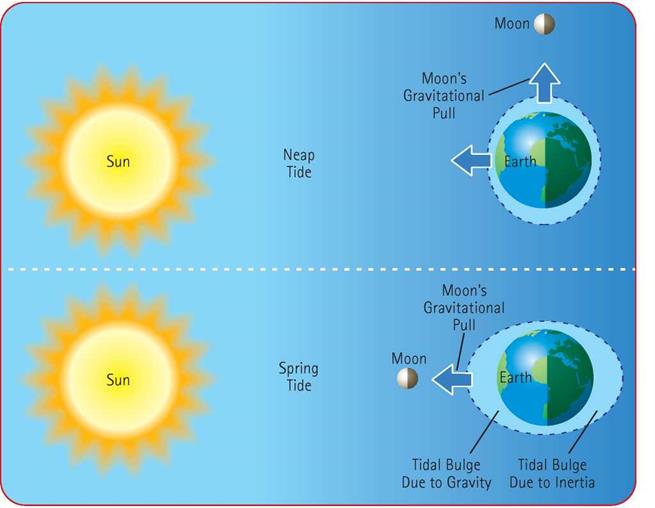
 Germany, to Lakehurst, New Jersey, took 65 hours. Flying in the opposite direction, from North America to Europe, took only 50 hours because of favorable tailwinds. During 1936, the Hindenburg made ten trips across the North Atlantic. The giant airship flew so well that engineers decided they could add ten extra passenger cabins, one with four beds, for the 1937 flights.
Germany, to Lakehurst, New Jersey, took 65 hours. Flying in the opposite direction, from North America to Europe, took only 50 hours because of favorable tailwinds. During 1936, the Hindenburg made ten trips across the North Atlantic. The giant airship flew so well that engineers decided they could add ten extra passenger cabins, one with four beds, for the 1937 flights.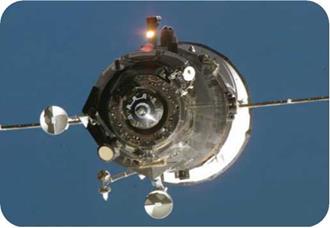
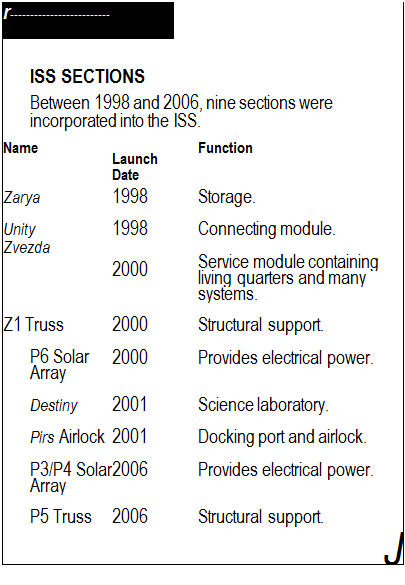 The life-support system provides the crew with oxygen and absorbs the carbon dioxide gas they exhale. The system also has to deal with other gases, such as ammonia, which are
The life-support system provides the crew with oxygen and absorbs the carbon dioxide gas they exhale. The system also has to deal with other gases, such as ammonia, which are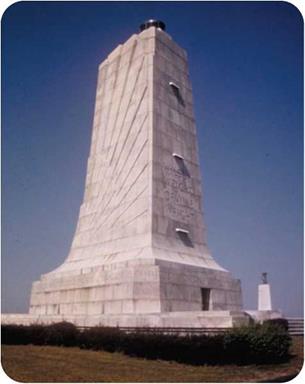
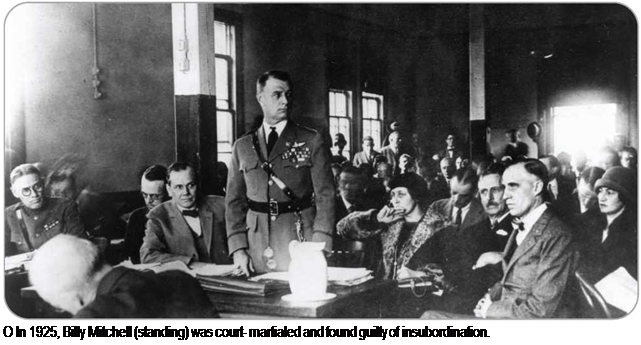

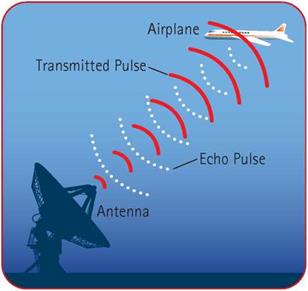
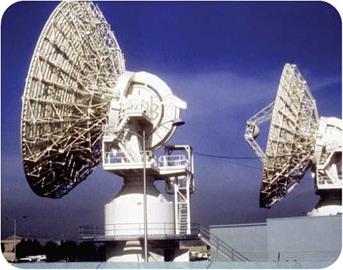 thousands of small, electronic transmit – and-receive modules, and the radar beam is steered electronically. These radars are called electronically scanned arrays, or phased arrays. They can scan far faster than a rotating dish antenna, they can track many more targets, and – with fewer moving parts-they are more reliable.
thousands of small, electronic transmit – and-receive modules, and the radar beam is steered electronically. These radars are called electronically scanned arrays, or phased arrays. They can scan far faster than a rotating dish antenna, they can track many more targets, and – with fewer moving parts-they are more reliable.